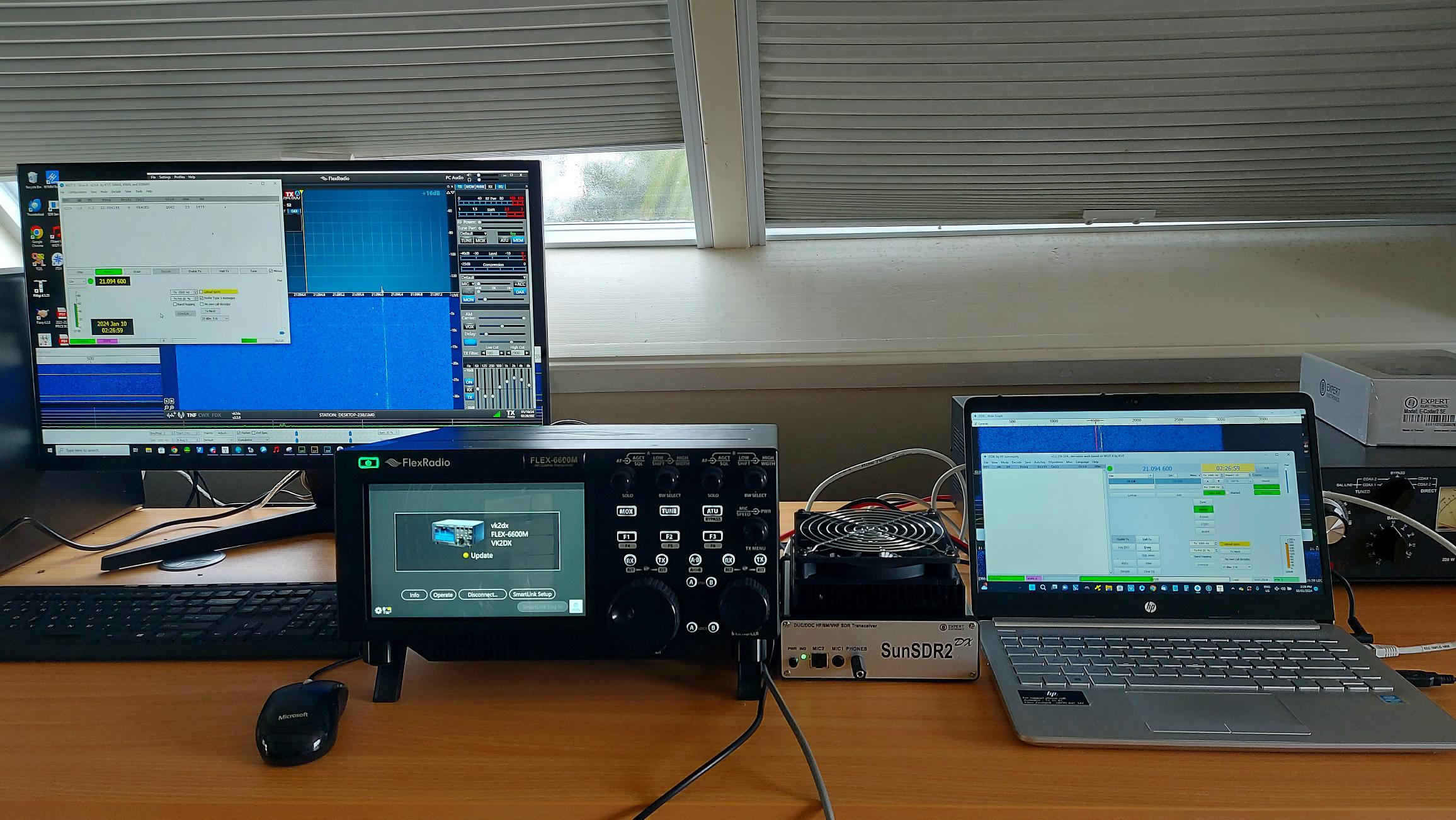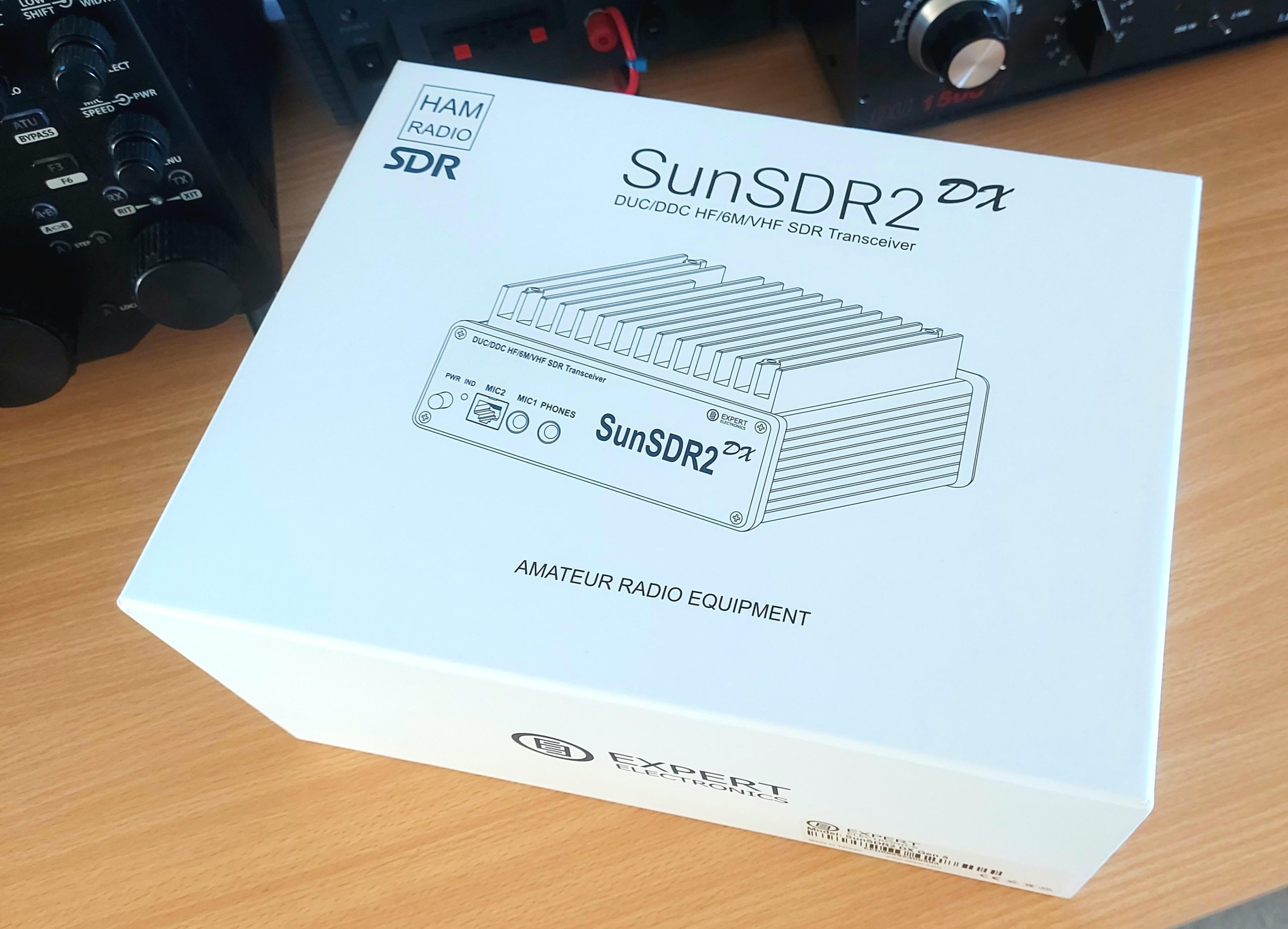
“Hello Nick,
It is with great interest that we read your comments on the SunSDR2DX vs the FLEX-6600.
First, it is well known that JTDX does a better job of decoding signals than WSJT-X does.
What you did is compare JTDX to WSJT-X. You did not do the comparison you believe you did.
JTDX is actually a fork of WSJT-X, meaning it was developed based on the WSJT-X code but then took its own development path. Users often report that JTDX decodes signals better than WSJT-X, and there are a few reasons why this might be the case:
Enhanced Decoding Algorithms: JTDX has been reported to have more aggressive decoding algorithms. This can result in better performance in crowded band conditions or in situations where signals are weak.
Filtering and Sensitivity Adjustments: JTDX may offer different filtering options or adjustments to sensitivity that can aid in pulling out weaker signals that WSJT-X might not decode as effectively.
User Interface and Features: While not directly related to decoding capability, the user interface and additional features in JTDX might be more conducive to efficient operation for some users, indirectly leading to better decoding experiences.
Continuous Development: Since JTDX is a separate branch of development from WSJT-X, it has its own updates and improvements. These changes could lead to differences in how signals are processed and decoded.
It’s important to note, however, that the effectiveness of decoding can be subjective and dependent on many factors, including operating conditions, antenna setup, and personal preferences in software usability. Additionally, what works better for one operator in a particular set of conditions might not be the best for another.
Next, you claim that the FLEX-6600 is not in stock.
We’re uncertain about the source of your information, but it’s significantly inaccurate. We kindly request that you issue a correction to rectify this on both points.
Feel free to contact us directly should you require any clarification
Michael Walker VA3MW
FlexRadio Systems”
Hi Michael,
It’s good to hear from you. Before I go any further: I am a happy Flex user and I don’t think that my quick on-air comparison WSPR test was really about the FLEX-6600 as much as it was about a little SunSDR2DX. As a Sun dealer, I simply wanted to make sure that the radio I sell does perform as per my expectations. The 6600 was nothing more or less than a reference point.
I’ve also stated that a quick 30 minute test was just a first of many yet to be conducted, including an overnight test, ssb and cw test, remote test etc.
I do agree that JTDX perhaps has an edge over WSJT but not nearly as much as on-air users tend to claim. My original plan was to run JTDX on both receivers however, for some reason, the Slicemaster was refusing to load the JTDX. I’ll sort that out and the next test will have the same decoders running on both receivers.
Again, a 30 minute WSPR test is hardly an overall measurement of a transceivers capability or performance but I am glad that you are following our little exercise with interest. Please rest assured that my only intention is to motivate our subscribers to look into SDR a bit deeper and to consider investment into exciting (new-ish) technology.
On the second point of Flex availability: last time I checked the Flex website, M models were out of stock, and only the knobless models were available. That was a month or so ago. I have just checked your website now, and indeed, all radios are showing as available. My bad, I should have checked the website yesterday.
And while I still have you here, and for the sake of transparency: as you know, I have requested a dealership / agency to represent FLEX in Australia. Flex makes fine radios and it would be my pleasure to serve Australian customers on your behalf. I don’t think you’ll find a more enthusiastic salesman in this neck of the woods.
There are other reasons why DXing is your ideal partner, which I’m happy to discuss off the newsletter.







